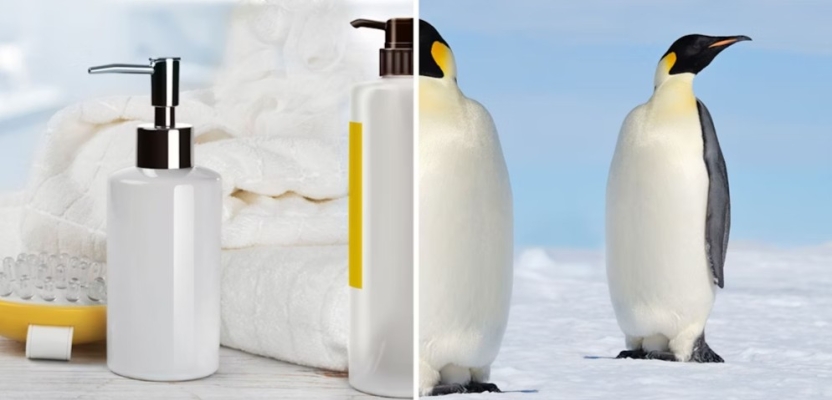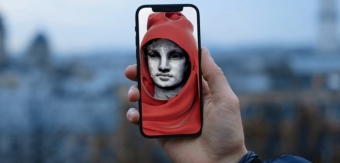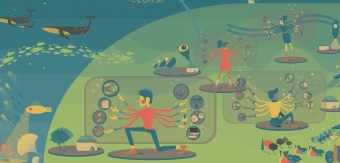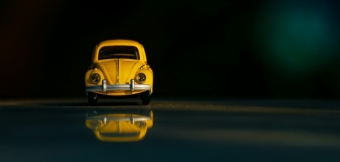Plastic Free July encouraged us to reduce single-use plastic waste every day over the course of the month. The world has a packaging problem. Around a quarter of global plastic waste, for instance, is down to packaging, and manufacturing plastic packs produces 1.8 billion tons of greenhouse gases a year. And in the US and UK alone, over 13 million tons of plastic packaging is flooding the consumer market every year.

Designers’ old task was to create pack concepts that functioned well for brands, retailers and consumers, stood out on shelves, and were cheap to produce. But now the brief includes making it possible to recycle or reuse packs or their materials when their job is done and designing systems for storing and cleaning packs. Plus, there’s rewiring consumers’ behaviour so they dispose of packs properly and buy products in reusable packs, or packs made from recycled materials.
Seemingly, this is a problem that design was made to solve. After all, designers have always brought a unique perspective on human behaviour to the process of developing things people didn’t know they needed or wanted.
The snag is that, when it comes to recycled, reusable or refillable packaging, it’s almost impossible to generalise about what consumers want, or might want. The gap between good intentions and good behaviour is particularly challenging.
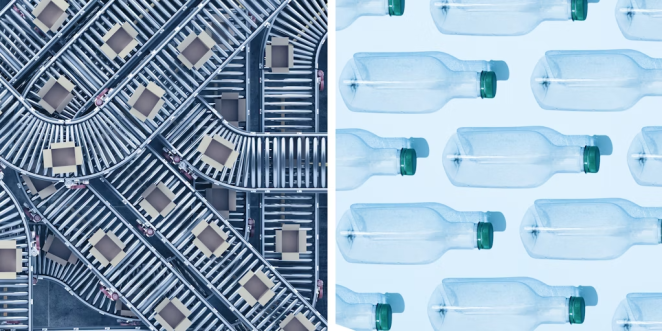
In a study of 4,000 US and UK consumers, 80% said everyone has a part to play in reducing the need for single-use plastics and 60% agreed reusable packaging is the future. But McDonalds found that, even after paying a deposit for reusable packs, only 40% of consumers actually reused them.
Dig a little deeper, and things get even more nuanced. Half of millennials, for instance, want a financial incentive to reuse, refill or recycle packs, but 43% of Gen Zs prefer charity to get the money. Meanwhile, 49% of boomers want assurances that refilled products are as hygienic as virgin packs, compared to only 31% of Gen Zs.
How can designers and the brands that brief them transcend these differences?
Make the mundane desirable
We all do mundane domestic tasks, from brushing our teeth to loading and unloading the dishwasher. Design excels at making mundane things desirable, so can it unite the generations here, whether through physical objects or their brand story?
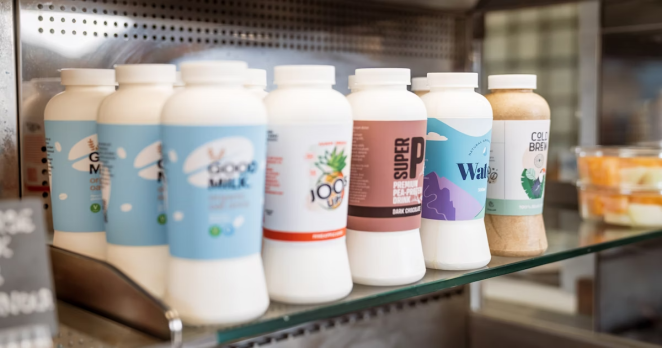
The Stanley drinking cup shows how an everyday, utilitarian object that happens to be made from recycled materials can become a coveted lifestyle item. Key to its success is the combination of aesthetics, brand and communications that, through social media, limited editions and commercial tie-ups, has made the product ultra-desirable.
Tellingly, while sustainability is one part of the product pitch, it’s nowhere near the most prominent. And that’s fine if the result is less paper and plastic waste.
Make reusable interesting and ingenious
Significant numbers of people will eat from restaurant plates or drink from bar glasses used before by countless strangers, but the same people balk at using a refilled bottle. Designers must find a way round this paradox.
Vintage clothing, upcycling and thrifting are fast becoming common, helping to build a broader ‘reuse culture’. But can design speed up the shift? In our study, 63% of consumers said they’d use reusable packaging when it became mainstream. This suggests it could take behavioural tactics, like turning reuse into a brand loyalty opportunity, or using recognition-based rewards, to nudge consumers into doing good.
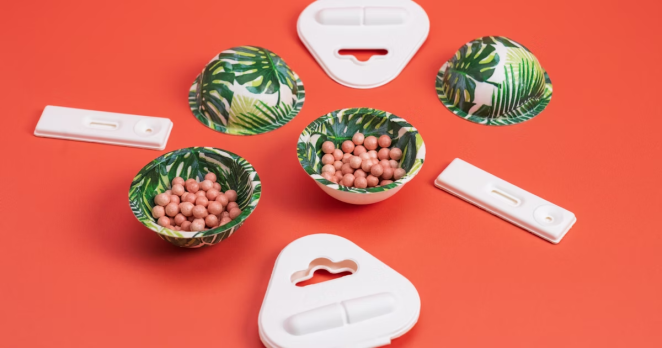
We’re exploring how to design reusable cups, food bags and plates whose design becomes more vibrant with each wash. We want to see if the metamorphosis compelled users to appreciate the journey the objects had been on, especially if the design revealed something surprising only after many washes. Designers must think of similar ways to upend people’s reservations about reusable packaging.
The same goes for people’s habits, like eating impromptu fast food. Much of the 269,000 tons of plastic in the oceans is single-use food and drink packaging, so it’s an urgent part of the problem. Sushi, pizza and burger chains are already backing Vytal’s reusable fast food packs, whose RFID tags make them trackable, and so more likely to be reused.
But eating fast food is mostly spontaneous, and Vytal’s concept may depend on making it a planned activity. A case, perhaps, of design creating the conditions for culture to change behaviour in its own time.
Make change effortless
Financial rewards can combine with design to nudge people towards sustainable behaviour. but the practicalities of claiming them make customers’ experience more complex. So monetary reward has its limits.
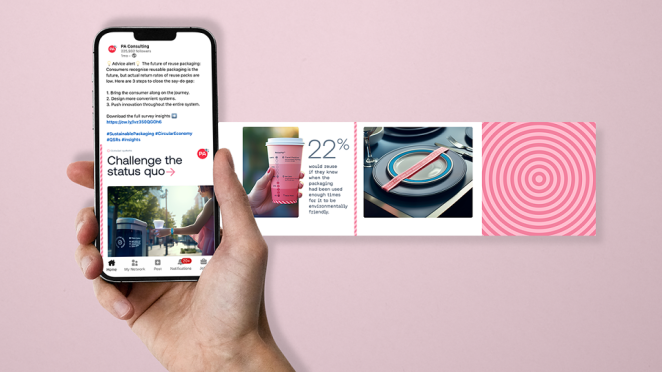
As with packaging, effort (or lack of it) is the key to success. If the money goes to planet-positive initiatives, emerging generations, at least, respond. The success of toilet paper brand Who Gives a Crap, which gives half its profits to sanitation projects in deprived communities, shows effortless altruism has traction.
There’s no silver bullet solution to the sustainable packaging problem. But design and branding concepts that work with and not against the human condition, and nudge us in new behavioural directions, have the best chance of success. The traditional approach to packaging design must change to incorporate new disciplines - such as systems thinking, behavioural design and service design - to navigate the complexity of the circular economy.
By Matt Millington, UK Design Strategy Lead at PA Consulting

